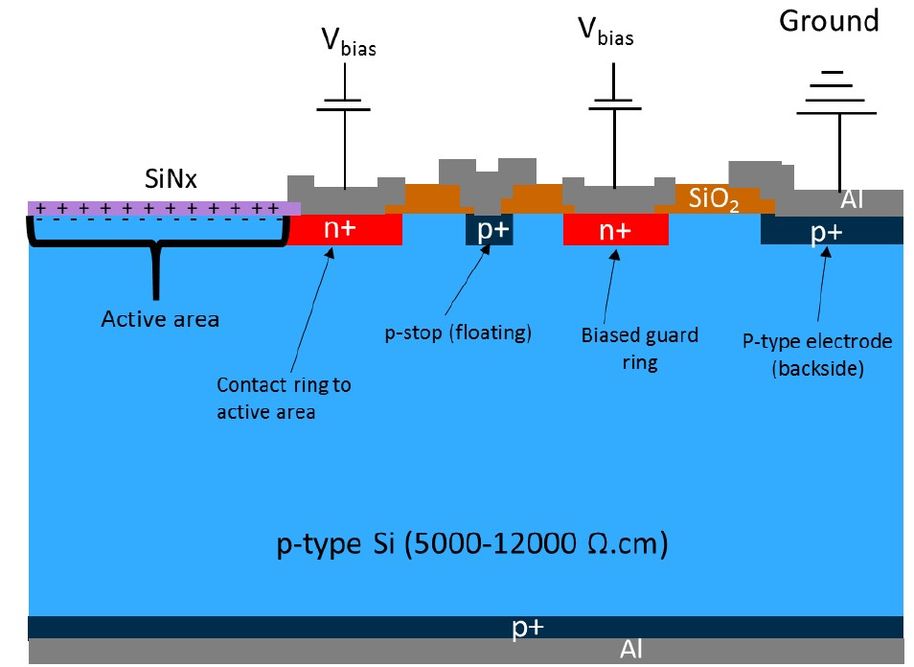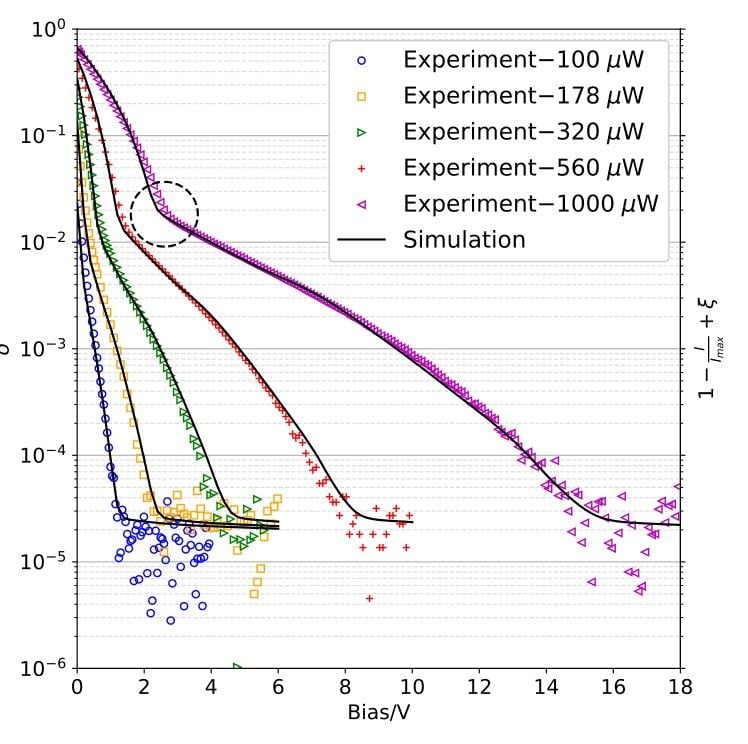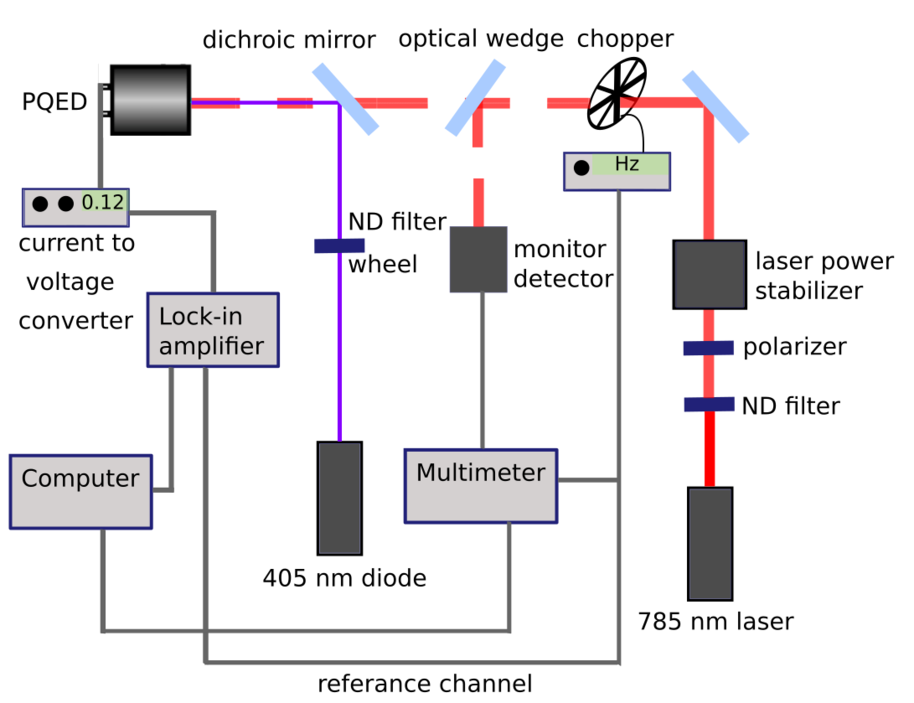chipSCALe (2019-2022)
The aim of this project coordinated by Justervesenet, Norway, was to develop a more robust linkage to the revised SI candela for optical power measurements. An improved and simplified traceability chain is vitally important for spectrally resolved measurements in photonics across industry and science. Using today’s methods, the uncertainty on measurements of optical quantities is limited by the properties and insufficient stability of current silicon transfer standard detectors, as well as costs of operation and required expertise for use of primary standards based on cryogenic electrical substitution radiometer (ESR). The novel combination of two independent primary standard detectors: a solid-state predictable quantum efficient detector (PQED) and ESR was used to create a robust link to the revised SI by measuring the fundamental constant ratio e/h. The novel packaging of the two standards could also facilitate improved dissemination of optical quantities, particularly where a primary standard needs to be used in challenging non-NMI environments, generating for the first time an “NMI-on-a-chip” for optical power measurements.

The project was split into four technical work packages. In work package one, in which the Metrology Research Institute was a key partner, the aim was to develop and validate improved 3D models of the internal quantum efficiency (IQD) of induced-junction photodiodes at room and cryogenic temperatures with an uncertainty of 10 % of the IQD value. These improved models were applied to new induced junction-photodiodes manufactured in the project. Further information about the project and its structure can be found at chipscale.aalto.fi.
In this project, the Metrology Research Institute has, in collaboration with other European National Metrology Institutes (NMIs), measured the current-voltage characteristics (or IV-curves) of the new induced-junction photodiodes developed in this project [1] and also in the earlier NEWSTAR and qu-Candela projects [2]. MRI, together with other partners, covered the entire visible wavelength range in these measurements. The effect of the power level of the incident optical radiation is also studied. The results from these measurements are used to create a model fit and thus extract the key parameters of the photodiodes, such as surface charge, surface recombination velocity, and carrier lifetime [2]. These key parameters are used to predict the IQD.

Fitted simulated IQD, δ (solid lines on primary axis), with experimental data, 1 − I/Imax + ξ (secondary axis), of a PQED at 488 nm wavelength. The dashed circle indicates the corner point positions where recombination losses contribution from the back side of the photodiode ceases to influence [2].
Furthermore, MRI investigated the optical deactivation of induced-junction photodiodes by double-color radiometry. The idea of the double laser radiometry technique is to use two laser sources simultaneously: a near-infrared laser as a source of measured signal and a blue laser for deactivating the recombination centers at the photodiode surface, because of the smaller penetration depth of the blue laser. MRI will investigate and report the effect of the optical deactivation on the IQD of the induced-junction photodiodes. This result can be possibly exploited in other parts of the project and in the operation of the PQED.

References
1 Koybasi, O.; Nordseth, Ø.; Tran, T.; Povoli, M.; Rajteri, M.; Pepe, C.; Bardalen, E.; Manoocheri, F.; Summanwar, A.; Korpusenko, M.; Getz, M.N.; Ohlckers, P.; Ikonen, E.; Gran, J. High Performance Predictable Quantum Efficient Detector Based on Induced-Junction Photodiodes Passivated with SiO2/SiNx. Sensors 2021, 21, 7807. https://doi.org/10.3390/s21237807
2 T. Tran, G. Porrovecchio, M. Smid, E. Ikonen, T. Dönsberg, and J. Gran, Determination of the Responsivity of Predictable Quantum Efficient Detector over a Wide Spectral Range Based on a 3D Model of Charge Carrier Recombination Losses, Metrologia (accepted for publication).
3 M. Korpusenko, F. Manoocheri, E. Ikonen, Double laser radiometry for study of detector linearity. Proc. of NEWRAD, 2021, 23-24. DOI: 10.5281/zenodo.4882794;
Contact person: Mikhail Korpusenko
- Published:
- Updated: